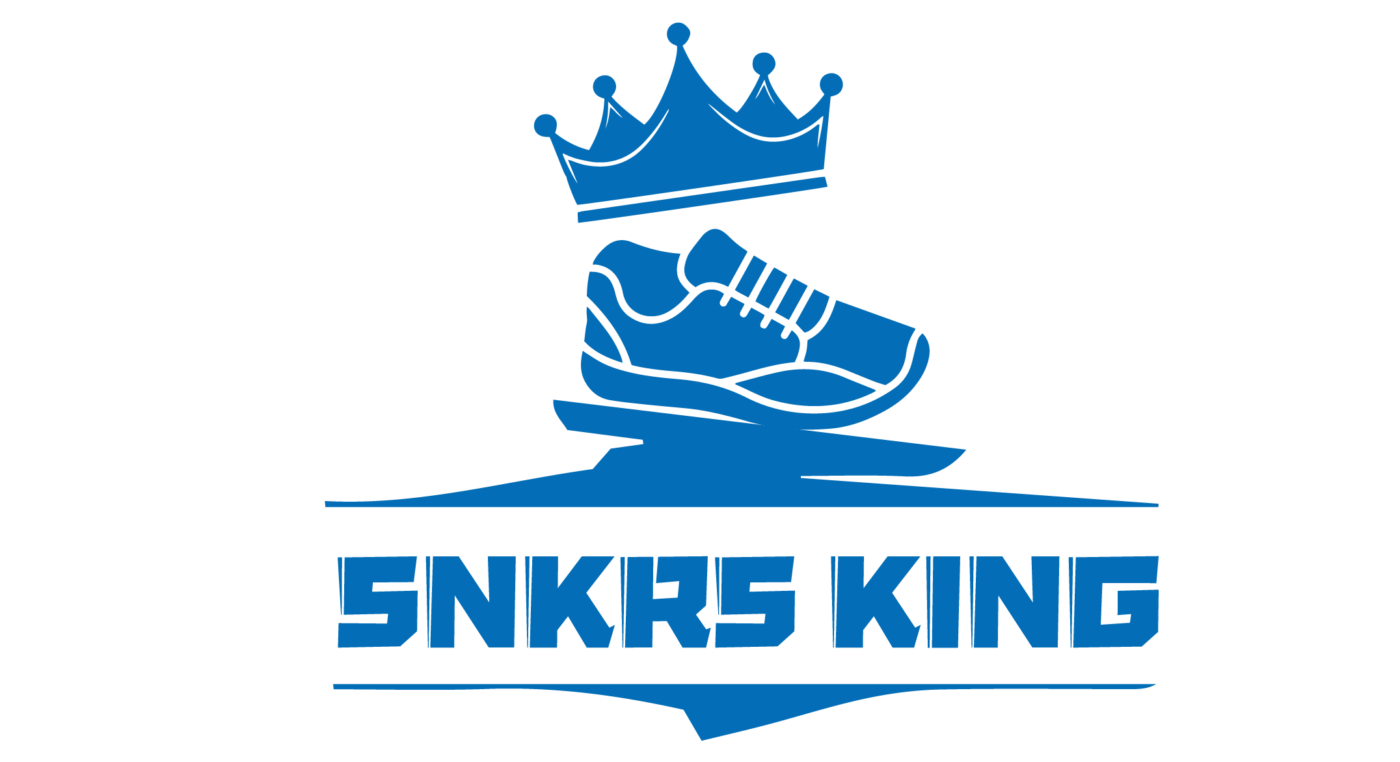Uncategorized
The Cowboy: Western Myth in Modern Myth
Le cowboy stands as a powerful symbol of the American West, embodying ideals of freedom, resilience, and isolation. More than a historical figure, the cowboy is a myth woven through centuries of literature, film, and national identity. This article explores how this enduring archetype is rooted in real frontier expansion, shaped by geological and atmospheric phenomena, and perpetuated through visual storytelling—mirroring the very illusions it helped create.
The Cowboy as a Symbol of Western Myth: Origins and Cultural Construction
The cowboy emerged in the 19th century alongside the westward expansion of the United States, a period marked by cattle drives across vast arid plains. As settlers pushed into territories from Texas to Montana, cowboys became essential laborers managing massive herds on open ranges. Their rugged independence and technical skill gave rise to a cultural archetype that transcended mere occupation—becoming a **symbol of freedom and self-reliance**. Yet, this myth was carefully constructed: newspapers, dime novels, and later Hollywood films elevated individual stories into national legends, blending fact with romanticized spectacle.
- The cowboy’s image evolved not just from real lives but from deliberate narrative design.
- Early 20th-century literature, such as Owen Wister’s *The Virginian* (1902), codified the cowboy as a noble, solitary hero.
- Film cemented this vision: John Wayne’s performances in classic Westerns turned the cowboy into a global icon of American ethos.
“The cowboy is not merely a man on horseback—he is the living myth of a nation’s dreams.”
The Western Landscape: A Stage of Contrast and Illusion
The mythic West is inseparable from its dramatic landscapes—red-orange mountains, endless deserts, and distant silhouettes that stretch toward the horizon. Behind this surreal beauty lies a **geological and optical truth**: the region’s red hues stem from iron oxide, which gives mountains like those in the Four Corners area a striking 15–40% iron content. These mineral-rich formations contrast sharply with arid air layers that bend light in ways that distort perception.
In hot, dry environments, temperature gradients often exceed 10°C between air near the ground and higher layers. This layered structure creates **mirages**—optical illusions where distant objects appear reflected or floating above the horizon. Such phenomena naturally reinforce the idea of the West as a surreal, almost dreamlike frontier.
| Feature | Red-orange mountains | Iron oxide content (15–40%) |
|---|---|---|
| Temperature gradient | Exceeds 10°C in arid zones | |
| Common mirage type | Distorted distant horizons |
The Gallows: Visible Monuments of Power and Spectacle
3 to 4 metre-high public gallows were common in frontier towns, serving dual roles as **practical deterrents and theatrical symbols**. Erected in town squares, these visible structures enforced law and order while drawing crowds who witnessed justice—or punishment—unfold. Their imposing stature ensured visibility, embedding fear and awe into collective memory.
These monuments were not just tools of control; they became **theatrical centers of storytelling**, where executions transformed into public rituals that reinforced social norms. Over time, gallows evolved from functional sites into mythic landmarks, shaping romanticized visions of the West as a land of both law and legend.
The Mirage: Science Behind the Western Mirage
The Western mirage is a direct consequence of atmospheric refraction. When warm air near the ground heats rapidly, it creates a gradient that bends light rays upward, distorting distant shapes into shimmering illusions. This physics-based phenomenon explains why a distant herd might vanish into the horizon or why a road appears to shimmer on a hot day.
Similar mirages occur in other arid zones—from the Sahara to Australia—where explorers and travelers used these optical cues to navigate. These natural illusions fed the imagination, feeding the myth that the West was a land where reality bent to mystery.
Le Cowboy in Modern Myth: From Frontier Figure to Cultural Icon
The cowboy’s myth persists because it taps into universal human themes: freedom against isolation, resilience in harshness, and the search for identity. In film, fashion, and digital media, the cowboy archetype transcends time—from John Ford’s sweeping epics to contemporary Western-inspired streetwear.
The cowboy has become a global symbol, not just of the American West but of rugged individualism worldwide. This enduring legacy shows how myth and reality blend: the real cowboy was a worker, but the myth is a metaphor.
Beyond the Myth: The Cowboy’s Legacy and Misrepresentation
While romanticized narratives celebrate the cowboy’s bravery and independence, **historical accuracy reveals a more complex reality**. Most cowboys were laborers facing grueling conditions, not lone heroes. Their lives were shaped by economic struggle, racial diversity, and collective survival rather than solitary glory.
The tension between myth and reality underscores a vital cultural truth: legends shape identity, but honest engagement with history deepens understanding. Recognizing both enriches cultural literacy—allowing readers to appreciate the cowboy not as fiction, but as a powerful symbol rooted in real human experience.
- Geological iron content in Western mountains averages 15–40%, coloring landscapes red-orange.
- Temperature gradients >10°C cause atmospheric refraction, creating mirages that distort horizons.
- Gallows served as public deterrents and theatrical symbols, embedding myth in memory.
- Mirages are not illusions of fiction but real atmospheric phenomena shaping exploration and storytelling.
